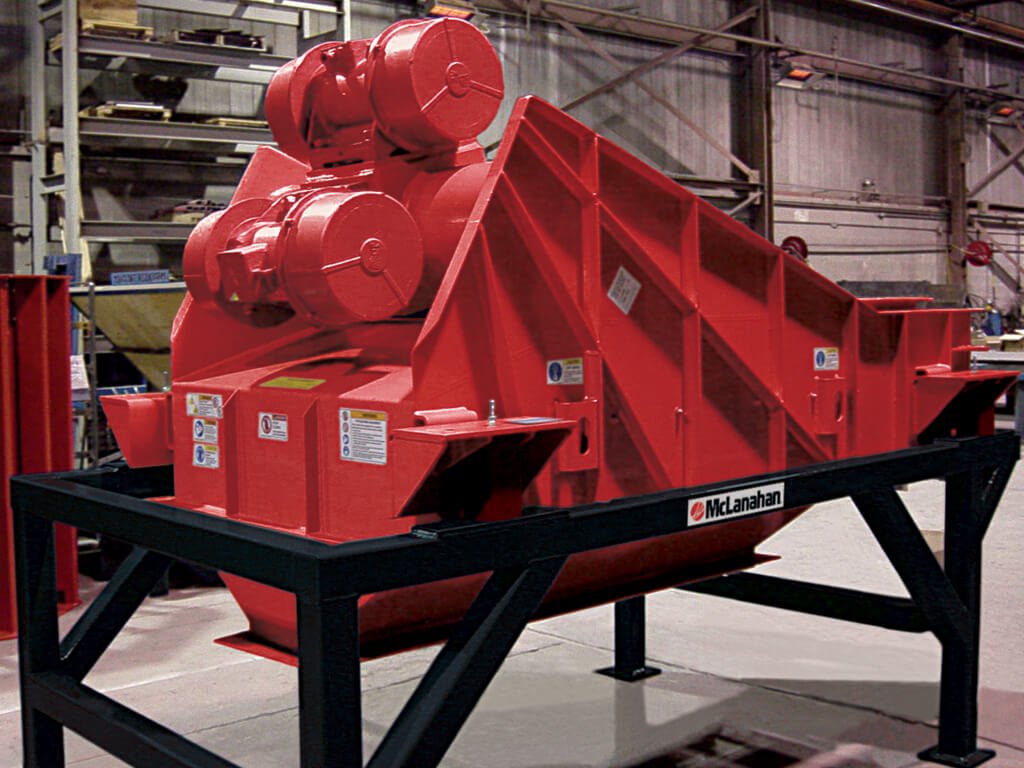Why McLanahan MD Vibratory Screens?
Since its founding in 1835, McLanahan Corporation has established and maintained extreme standards regarding engineering, manufacturing, and customer service and support for all of its equipment product line offerings. These standards were continued in 1989 when McLanahan began engineering and manufacturing this style of screening equipment. We have extensive experience with screening a wide variety of materials and our laboratory is fully equipped to provide screen testing on your material.
McLanahan MD Vibratory Screens are available in widths ranging from 19” (48cm) to 78” (198cm) with one to five screen decks depending on the application. The MD Vibratory Screen is capable of handling feed sizes as large as approximately 3” (7cm) and can make size separations down to approximately 60 mesh.
McLanahan Corporation maintains in-house equipment to conduct laboratory screening tests on materials to help ensure that you have the correctly sized MD Vibratory Screen for your application.
The MD Vibratory Screen is successfully used in a multitude of industries, including aluminum, ammonium, animal and pet food, ash, basalt, bauxite, cement, ceramics, clay, coal, coke, dolomite, feldspar, fertilizer, glass, grains, granite, gravel, gypsum, iron, lead, limestone, marble, pharmaceuticals, potash, quartz, rock, rubber, salt, sand and gravel, shale, silica, slag, sugar, wood pellets and more.








